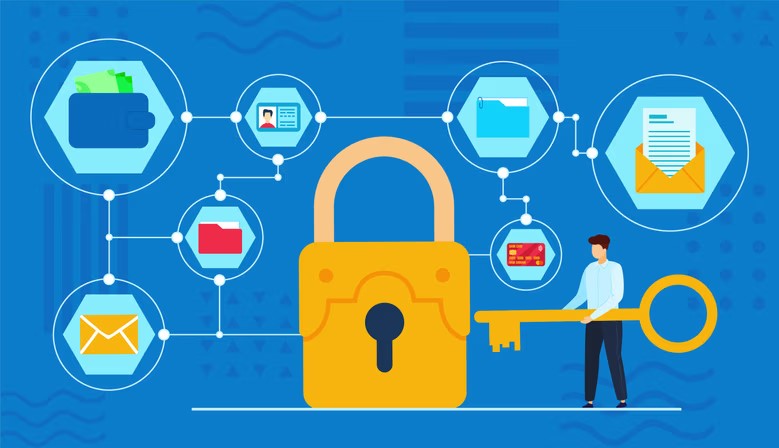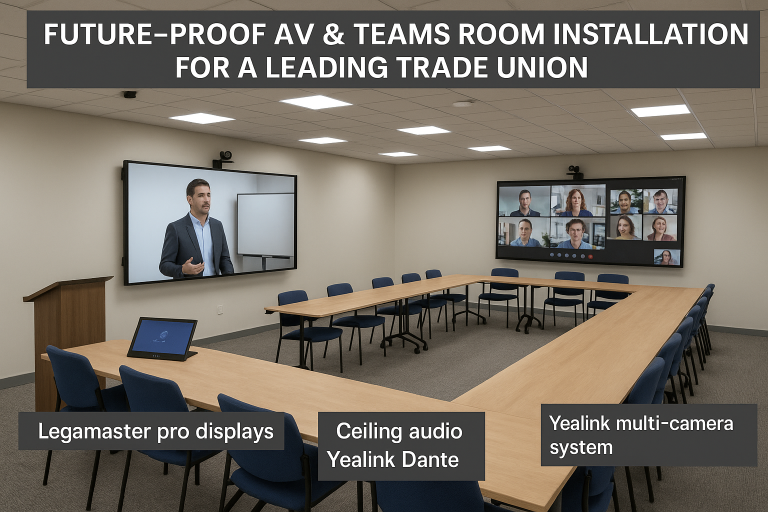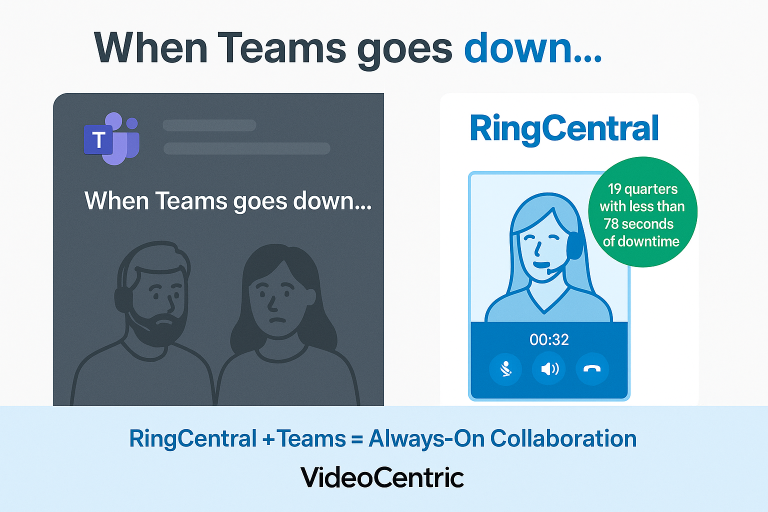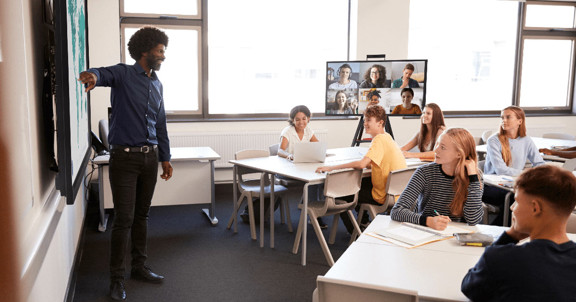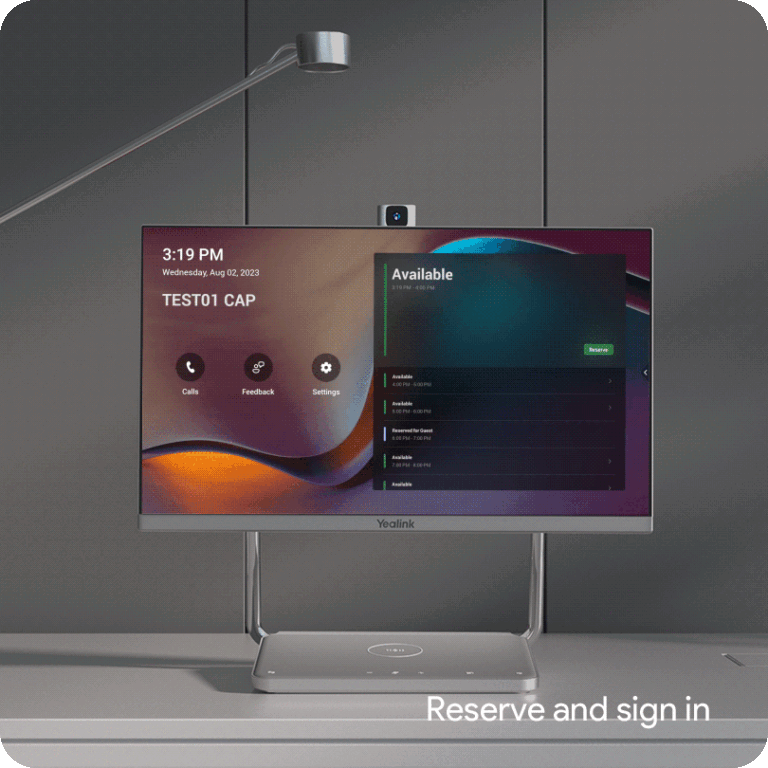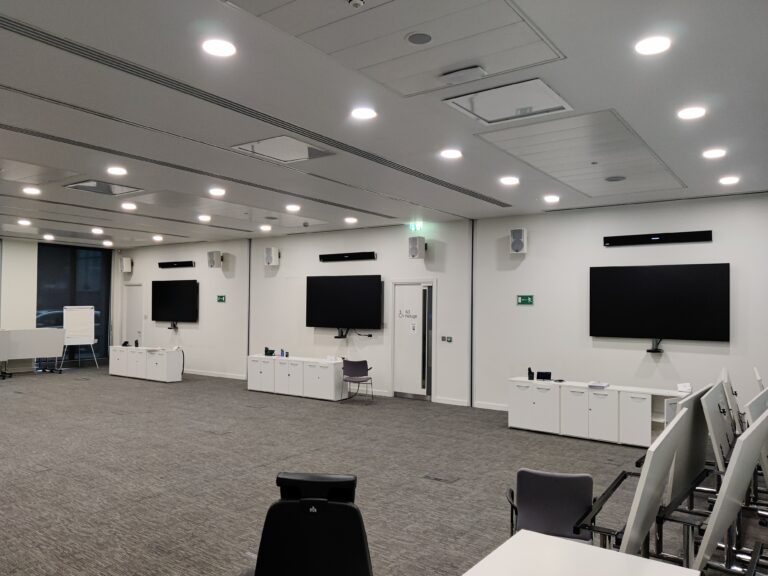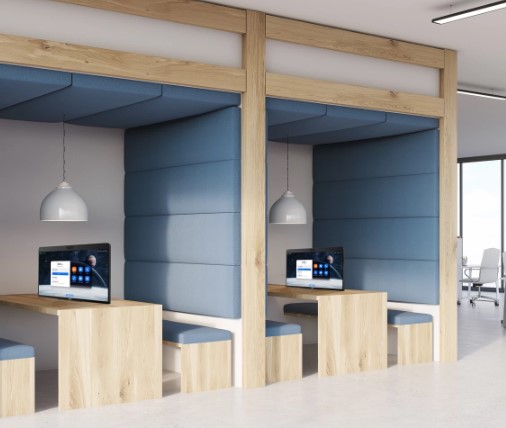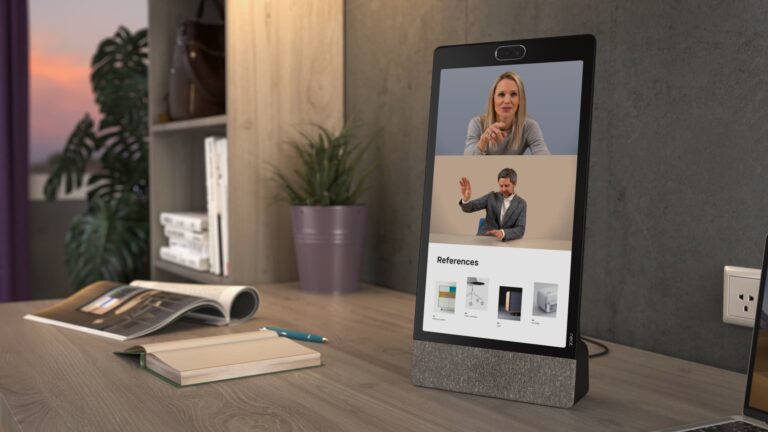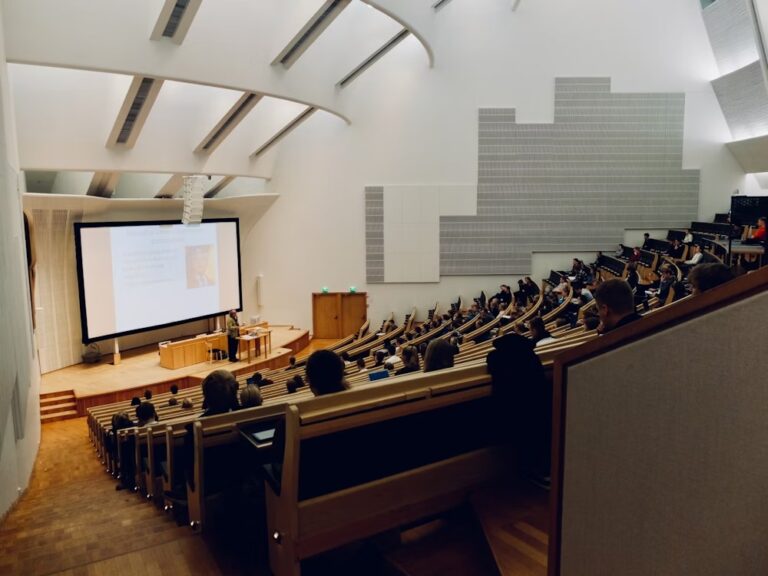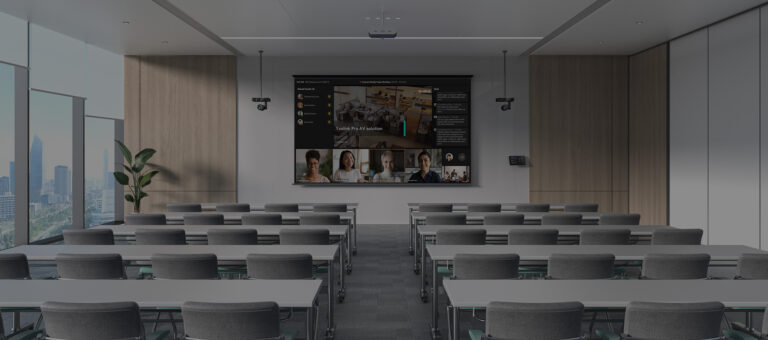In an era where virtual meetings have become an integral part of business operations, ensuring the security of video conferencing tools is paramount. As organisations increasingly rely on these platforms to connect remote teams, the need for robust security measures has never been greater.
This blog will explore key security concerns in video conferencing and delve into essential measures that businesses should prioritise to protect sensitive information and foster a secure virtual collaboration environment.
Encryption
Encryption serves as the cornerstone of video conferencing security. It involves the conversion of data into a secure code to prevent unauthorised access. Two main types of encryptions are crucial in video conferencing:
- End-to-End Encryption (E2EE): This type of encryption ensures that only the participants involved in a meeting can access the transmitted data. Even the service provider cannot decrypt the information. Implementing E2EE enhances confidentiality and protects against eavesdropping.
- Transport Layer Security (TLS): TLS encrypts data during transit, safeguarding it from interception. Video conferencing platforms should use strong TLS protocols to protect against man-in-the-middle attacks and unauthorised access during transmission.
Authentication
Authentication mechanisms are vital for verifying the identity of participants and preventing unauthorised access to virtual meetings. Businesses should prioritise the following authentication measures:
- Multi-Factor Authentication (MFA): MFA adds an extra layer of security by requiring participants to provide multiple forms of identification, such as a password and a unique verification code sent to their mobile device. This significantly reduces the risk of unauthorized access.
- Meeting Passwords: Enforcing unique and strong passwords for each meeting adds an additional layer of security. Participants must enter the correct password to join the session, reducing the likelihood of unauthorized individuals gaining access.
Secure Configuration and Access Controls
Configuring video conferencing tools securely and implementing access controls are essential to mitigate potential vulnerabilities. Businesses should:
- Regularly Update Software: Keep video conferencing software up to date to patch vulnerabilities and ensure the latest security features are in place.
- Role-Based Access Control (RBAC): Assign specific roles and permissions to participants based on their responsibilities. Limit access to sensitive features and data, reducing the risk of unauthorised actions.
- Waiting Room Feature: Utilise a waiting room where participants must be approved before joining a meeting. This prevents unauthorized individuals from entering without the host’s consent.
Data Privacy and Compliance
Addressing data privacy concerns is critical, especially with the increasing regulatory landscape. Businesses should consider:
- Data Encryption at Rest: Encrypt stored meeting data to protect it from unauthorised access even when not actively in use.
- Compliance with Regulations: Ensure that the chosen video conferencing platform complies with data protection regulations such as GDPR, HIPAA, or other industry-specific requirements.
As businesses continue to embrace virtual collaboration through video conferencing, prioritising security measures is imperative. Implementing robust encryption, authentication mechanisms, secure configurations, and adherence to data privacy regulations are key steps in mitigating security risks. By adopting a comprehensive approach to video conferencing security, organisations can foster a safe and confidential virtual meeting environment for their teams, clients, and partners.
To discuss your specific security needs or concerns contact our Sales Team Today!

